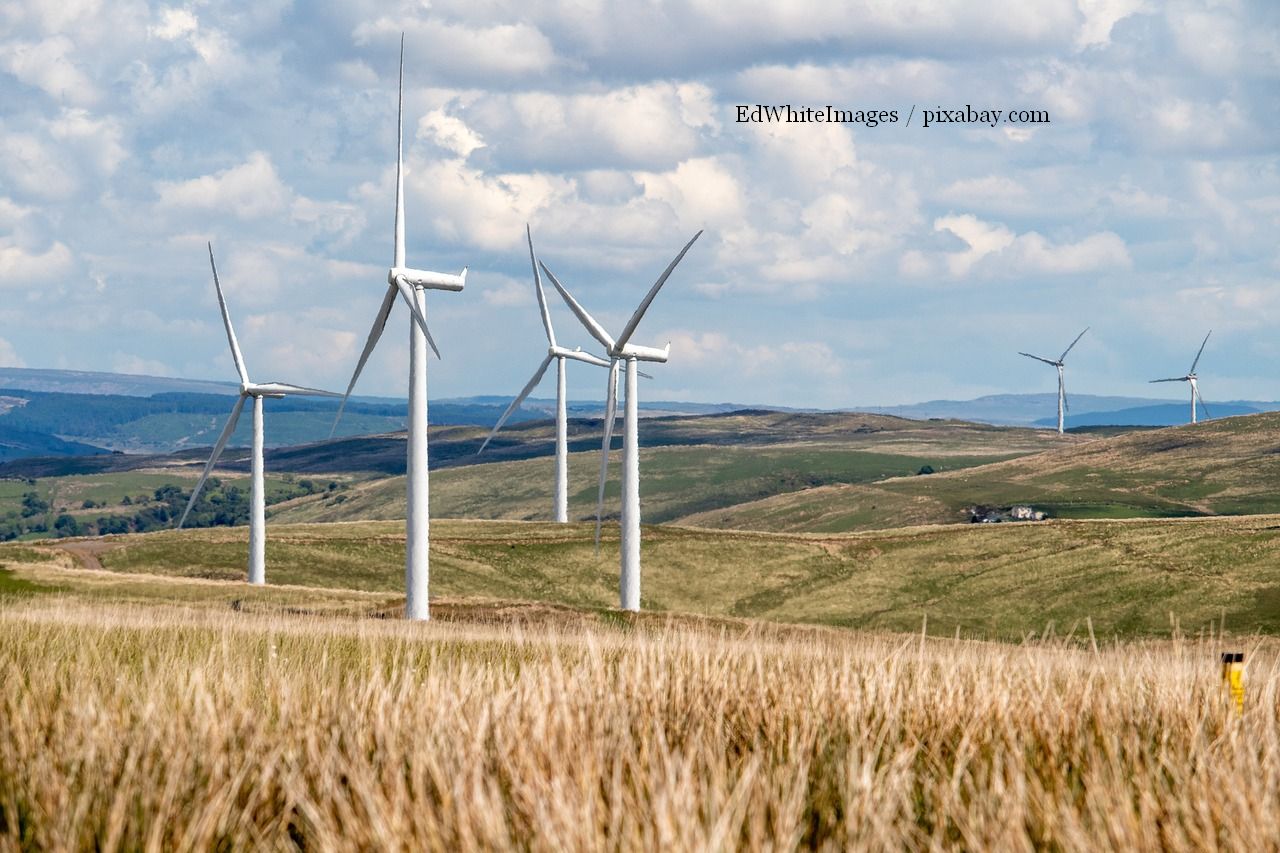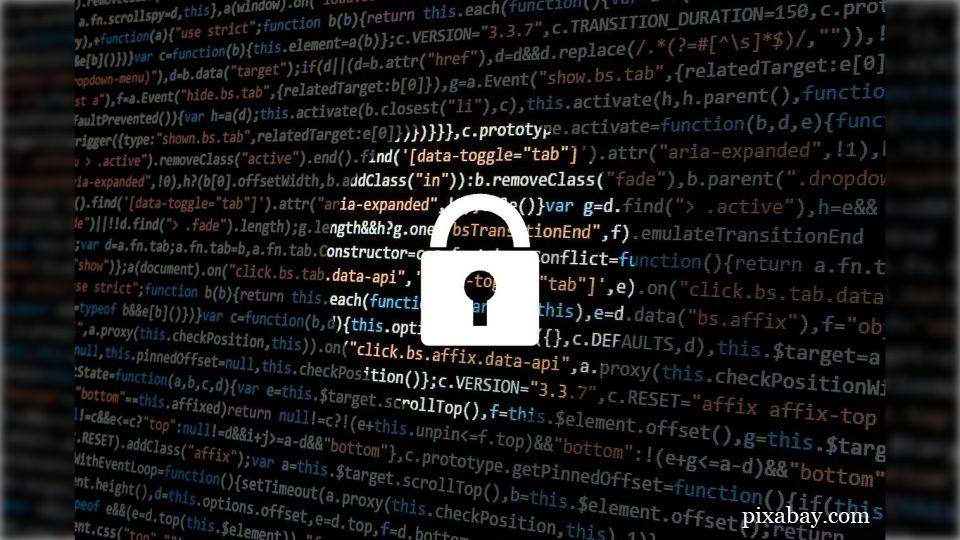Measures to counteract the fake news phenomenon
Is “fake news a misleading term?

Corina Cristea, 19.04.2019, 13:15
Is “fake news a misleading term? In the opinion of many, it should be replaced with that of “misinformation, which implies the intention to deceive. Adopted by public discourse with the most recent presidential elections in the United States, fake news has become a phenomenon with global effects, with the authorities and specialists worried about the consequences it may have.
Fake news, the term perhaps not the most suitably used to refer to misinformation, has always existed. The public became more clearly aware of the spread of this phenomenon during the scandal involving the Cambridge Analytica consultancy firm, which was accused of manipulating many Facebook accounts to influence the result of elections in a number of countries. Andreea Gavrila, one of the founders of rubrika.ro, Romanias first reliable provider of automated news analysis, told Radio Romania:
Andreea Gavrila: “The term ‘fake news is not always accurate, in the sense that we cannot regard falsehood as the counterpart of truth. In this sense, fake news is not necessarily news, is not necessarily fake, it can always have a grain of truth, which means that we could translate this type of news as counterfeit news, misinformation and informational disorder, which encapsulates very well the subject of fake news. So I believe we should highlight the fact that we are not dealing necessarily with untrue news, all the more so as fake news is very likely to contain a grain of truth.
The development of the online environment and of social networks, the dependence on them and the exclusively online media consumption are factors that favour the expansion of the fake news phenomenon. A wide range of media products can be put in this category. And if you are a teenager, you are even more exposed to misinformation.
According to a survey carried out by the Reuters Institute for the Study of Journalism, ordinary persons, meaning persons who are not specialised in this field, tend to classify as fake news a whole range of products, from parody, which functions as counterfeit information but not with the intention to manipulate, badly produced news owing to poor journalism, biased news, some advertising and hyper-politicised content, to invented news. The conclusion of the report by the Reuters Institute for the Study of Journalism is that the definition of fake news is so broad that it becomes inoperative. That is why it proposes that we give up the term “fake news because it is misleading and use instead “misinformation, which implies the intention to deceive. Ioana Avadani, the director of the Centre of Independent Journalism, embraces the idea:
Ioana Avadani: “I have quite well-grounded reservations about the use of the term ‘fake news, although it represents a linguistic shortcut for the phenomenon. Not all fake news we are exposed to is news. Not all fake news we are exposed to comes from journalists. The term directly refers to news, to journalism, to the professional area, and I find this unfair.
How can we protect ourselves from fake news? Critical thinking and media education are two of the “weapons that can be used successfully in counteracting the phenomenon of fake news and misinformation. According to rubrika.ro, this means we should try to find more information from different sources, to react, to find reliable sources of information, instead of simply limiting ourselves to the information we get online. Also, we should at all times check who the real authors of the online news are, and, very importantly, whether the respective website has a physical address and a phone number, Ioana Adavani says.
In an awareness raising effort, the Centre for Independent Journalism has been running, for the last 25 years, educational projects for high school students, to show them how the media works. “We are part of a handful of NGOs that do this kind of thing. We believe it is crucial that, if you have at one end a media system that functions according to certain norms, you should have at the other end a group of consumers who are aware of these norms, says Ioana Avadani. In Romania, the phenomenon is mainly found in the online environment, because the audiovisual media are regulated by the National Audiovisual Council, which can impose fines for failure to respect the norms.
(translated by: Cristina Mateescu)






























